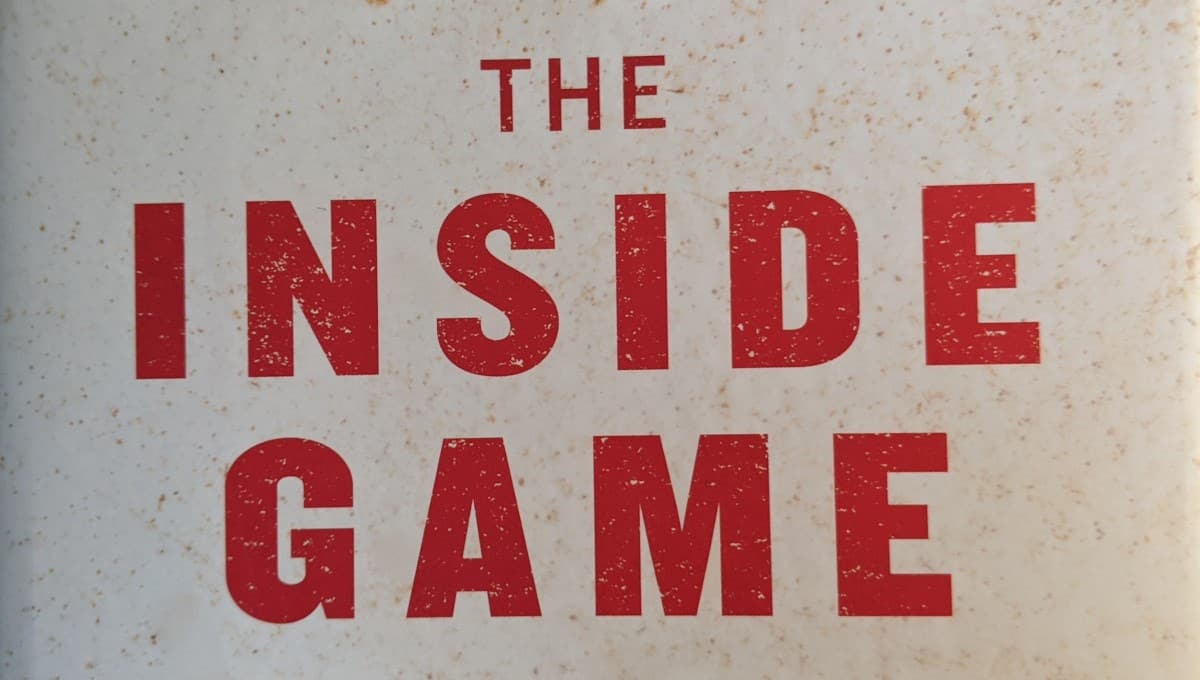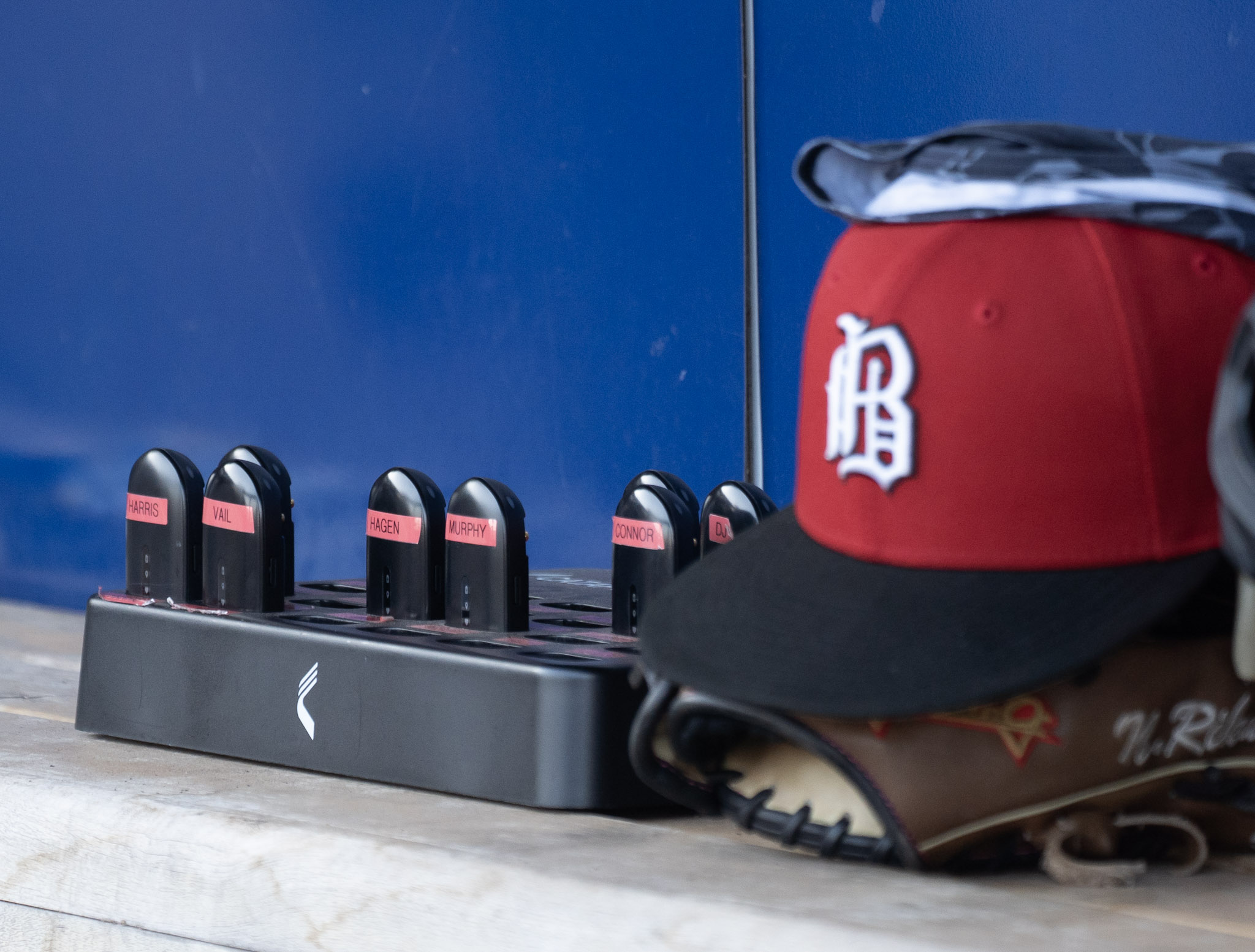If you missed the first installment of the Sox Machine Book Club that covered the first three chapters of Keith Law's "The Inside Game," check out the discussion here. It might provide some useful context before plunging ahead.
(Bookshop.org link; Sox Machine receives a portion of the proceeds.)
If you're caught up, comfortable with the material and/or don't care about spoilers, please proceed.
Chapter 4: But This Is How We've Done Always Done It: Why Groupthink Alone Doesn't Make Baseball Myths True
This chapter centers on the illusory truth effect, which Wired succinctly describes as "a glitch in the human psyche that equates repetition with truth." The brain appreciates familiarity, because it's easier to process things it's already experienced. The problem is that this can be manipulated if the wrong things make enough sense on a superficial level to be accepted after enough loud and distinct encounters.
Law gives a few baseball examples, like the myths of lineup protection and clutch hitters, or the idea of the "riding the hot hand," all of which cause little harm when people are on the wrong side of the argument, but nevertheless illustrate the both the pervasiveness of information that's provably false, and the issues in trying to correct the record.
Obviously, high-stakes instances of the illusory truth effect are all around us, which is why baseball is such a nice entry point. There's a lot less risk in arguing over closer roles than vaccines.
Chapter 5: For Every Clayton Kershaw There Are Ten Kasey Kikers: Base-Rate Neglect and Why It's Still a Bad Idea to Draft High School Pitchers in the FIrst Round
Law's summary: "Base-rate neglect is the name for the phenomenon where you have a mountain of evidence saying one thing, but you choose to ignore it in favor of the specific case in front of you. You favor the information that stands out because it's more recent or it's more memorable or it's just the first thing you found, and in the process you forget or fail to check on the larger sample of data over a longer period of time. The former could be misleading, while the latter should be more predictive because of the greater sample size. You know high school pitchers flame out more often than other players do, but dangit, this here kid Joey Bagodonuts -- you just know he's different, right? He's the exception that proves the rule, or something. Your scouts are just sure he's the one kid who's different."
Josh crunched the numbers and found that 48 percent of the pitchers drafted in the first two rounds of the draft from 2000 to 2015 failed to reach the majors, as opposed to 32 percent of college pitchers. You can see his work here.
Law also extends the argument to poor odds plays like investing money in relief pitching, beating aging curves, and unfavorable-on-paper matchups over small sample sizes.
Chapter 6: History Is Written by the Survivors: Pitch Count Bingo and Why "Nolan Ryan" Isn't a Counterargument
Survivor bias relates to base-rate neglect, as the success stories (Kershaw, Zack Greinke, Madison Bumgarner) tend to overshadow all the stories of failure, because it's a lot easier to forget the players that aren't right in front of you.
As the chapter title indicates, Law uses Nolan Ryan's legendary durability as a dangerous example to use as a guiding principle for managing pitcher workloads, as history is littered with arms that couldn't handle it.





